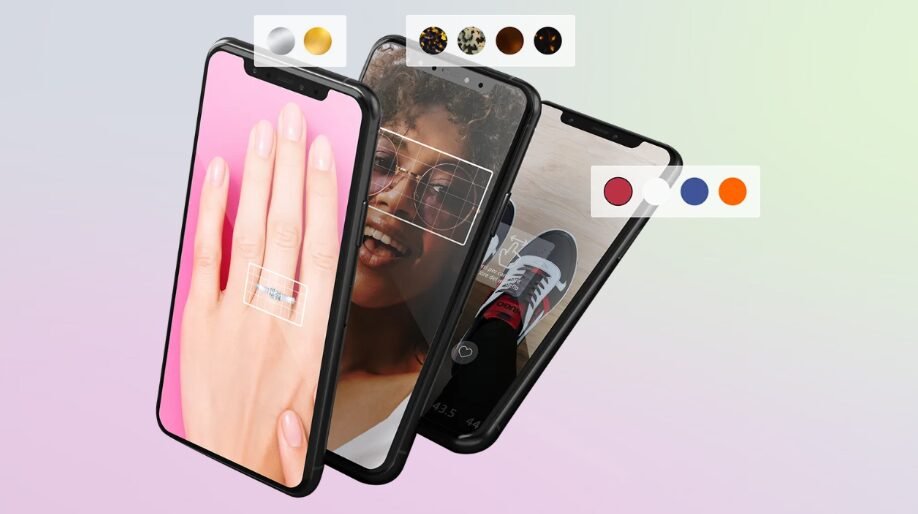Virtual try-on technology is changing the e-commerce scene by providing companies with insightful analysis that enhances customer experiences and decision-making process. Using this technology is not just a trend but also a calculated action for B2B customers to improve offers, lower returns, and increase income. Using virtual try-on solutions—like a virtually try on clothes—businesses can improve their e-commerce plans to unprecedented levels.
This article explores how virtual try-on insights could maximise e-commerce tactics especially for B2B customers.
Improving Consumer Confidence And Product Visual Appeal
Product visualisation is essential in the cutthroat realm of business-to–business e-commerce. Virtual try-on tools let distributors, wholesalers, and fashion stores dynamically highlight their goods. A virtual model of clothing allows consumers to evaluate fit, colour, and style variances, therefore offering a realistic picture of the attraction of the goods.
For B2B consumers that buy in volume specifically, this is quite helpful. Correct design and size selection for their intended market guarantees accurate visualisation, therefore lowering the dangers of mismatched expectations. Businesses build relationships and increase client loyalty by inspiring consumers with confidence in their decisions.
Virtual try-on insights expose consumer preferences like which sizes or designs are most often chosen. This information enables B2B customers to more precisely inventory their goods, therefore preventing overstocking of unpopular products. The insights also help vendors to provide customised recommendations, therefore facilitating a more individualised buying process that speaks to the demands of customers.
Simplifying Inventory Management And Supply Chain
Success of B2B companies depends critically on efficient inventory control and supply chains. Virtual try-on technology provides great information that improves these processes. Analysing end user interactions with virtual try-on tools helps companies more precisely forecast demand. If data reveals, for example, that a given dress style is often tried on but seldom bought, this could hint to problems with the price point, fit, or design. These insights let B2B customers work with manufacturers and make changes before committing to significant manufacturing runs.
This prediction power covers seasonal changes as well. Virtual try-on systems let companies be ready for forthcoming demand changes by highlighting real-time developing preferences. Virtual try-on data, for instance, might show growing demand in strong colour palettes or sustainable textiles, therefore providing B2B customers with a competitive advantage. Returns in business-to–business e-commerce can be an expensive issue. Virtual try-on insights help to reduce this problem by letting consumers make better selections up front. When bulk buyers get goods that live up to their expectations, the likelihood of returns reduces, which results in less logistical expenses and more profits.
These ideas simplify warehouse operations as well. Businesses save money by matching inventory with consumer preferences, therefore freeing funds for other strategic projects by lessening the need of maintaining extra inventory.
Driving Marketing Effectiveness And Personalisation
Successful relationships in the business-to—business industry are mostly driven by personalising. Virtual try-on technologies enable companies to develop very focused marketing plans by offering thorough understanding of consumer tastes.
- Customised Product Recommendations
Virtual try-on data reveals trends in consumer behaviour, which helps businesses to suggest goods fit for a customer’s requirement. For example, a retailer focused on athleisure apparel can use try-on analytics to recommend accessories or coats depending on often preferred designs. This degree of customisation encourages long-term relationships and confidence. Buyers feel appreciated and understood, which raises their possibility of returning business.
- Improved materials for marketing campaigns
Furthermore, interesting marketing initiatives are made possible by virtual try-on technologies. Knowledge of which items sell well might direct the design of striking images, films, or interactive material. These campaigns have better chances to appeal to target markets, thereby increasing conversion rates. Such campaigns can be especially effective for B2B companies attending trade exhibits or product introductions, when luring the appropriate customers is crucial.
Conclusion
For B2B e-commerce, virtual try-on technology transforms rather than only provides ease. By improving supply chain operations and allowing tailored marketing to improve product vision, the knowledge acquired by this technology offers quantifiable benefits. Using tools like a virtual model for garments helps B2B customers make better decisions and build closer ties, thereby enabling steady expansion. Maintaining ahead of the curve as e-commerce develops will depend mostly on including virtual try-on insights. Investing in this creative solution will help B2B companies maximise their plans and open doors to hitherto unattainable success in a crowded market.


